Disclosure: This article contains affiliate links. We may earn a commission from purchases at no extra cost to you, which helps our travel content.
The moment I stepped off the ferry into Kingstown, I was struck by the fascinating juxtaposition of British colonial architecture against the vibrant backdrop of Caribbean island life. As someone who's spent years exploring how physical spaces tell stories of cultural history, Kingstown felt like an open-air museum where every cobblestone street and weathered building had tales to share. Saint Vincent and the Grenadines' capital city may not be on every traveler's radar, but for couples seeking a weekend immersion into a place where history breathes through present-day island culture, Kingstown offers an accessible yet profound experience. The city's compact size makes it perfect for a weekend exploration, while its layered colonial past provides endless opportunities to understand how the island's identity has been shaped through centuries of cultural exchange, resistance, and resilience.
Kingstown's Architectural Time Capsule
Walking through downtown Kingstown feels like traversing multiple centuries in a single afternoon. The city earned its nickname 'The City of Arches' honestly – elegant stone arches frame doorways and windows throughout the historic district, creating natural frames that seem to invite you into the past.
The centerpiece of Kingstown's colonial architecture is undoubtedly St. Mary's Catholic Cathedral. Built in 1823, its blend of Gothic, Moorish, and Romanesque elements creates a striking silhouette against the tropical sky. What fascinated me most was how the cathedral represents the complex religious history of the island – originally built by Europeans, it now serves a predominantly Afro-Caribbean congregation who have made the space uniquely their own.
Just a short walk away stands the Kingstown Methodist Church with its distinctive Georgian style. The church's clean lines and symmetrical design offer a stark contrast to the ornate cathedral, reflecting the different European influences that shaped the island's development.
For history enthusiasts, I recommend bringing a quality pocket binoculars to appreciate the intricate details adorning many building facades – from weathered stone carvings to decorative ironwork that you might otherwise miss. The compact size makes them perfect for urban exploration without weighing down your daypack.
What makes Kingstown's architecture particularly special is how it hasn't been overly restored or sanitized for tourism. These buildings remain working parts of daily island life, with local businesses operating inside colonial-era structures and residents going about their business amid this living museum.
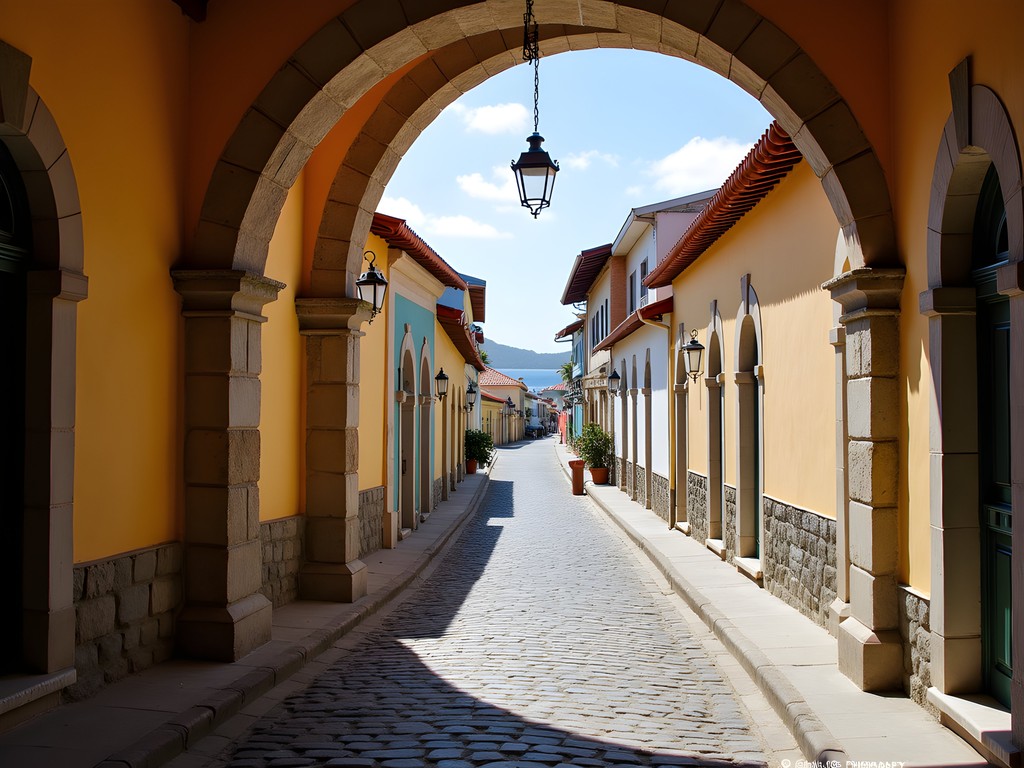
💡 Pro Tips
- Visit the Cathedral early morning (before 9am) when the light illuminates the stained glass windows beautifully
- Look for the small brass plaques on historic buildings that provide construction dates and original purposes
- The Kingstown Public Library, housed in a colonial building, contains historical documents about the city's development
St. Vincent and the Grenadines National Museum
Housed in the old Police Headquarters building dating from 1828, the National Museum provides essential context for understanding Kingstown's complex past. Though modest in size compared to museums in larger destinations, what it lacks in grandeur it makes up for in the quality and significance of its exhibits.
The museum's collection of Carib and Arawak artifacts immediately drew me in, offering tangible connections to the island's pre-colonial inhabitants. Pottery fragments, stone tools, and ceremonial objects tell stories of sophisticated societies that thrived here long before European arrival. As someone deeply interested in how public spaces preserve cultural narratives, I was impressed by how the museum centers these indigenous histories rather than relegating them to a brief prelude.
The colonial section doesn't shy away from Saint Vincent's complicated past with slavery and plantation economics. Documents, tools, and personal items create a sobering but important picture of this period. What particularly moved me was seeing resistance documented alongside oppression – the museum highlights the Black Carib (Garifuna) resistance to colonial rule and the ways local communities maintained cultural practices despite tremendous pressure.
I spent nearly two hours exploring the exhibits, and I'd recommend allowing at least that much time to fully appreciate the collections. The museum staff are incredibly knowledgeable and passionate about sharing their island's history – don't hesitate to engage them in conversation for deeper insights than any written placard could provide.
Before visiting, I'd downloaded several historical documents to my e-reader to provide additional context for what I was seeing. Having background reading material on hand helped me connect the physical artifacts to the broader historical narratives in a much more meaningful way.
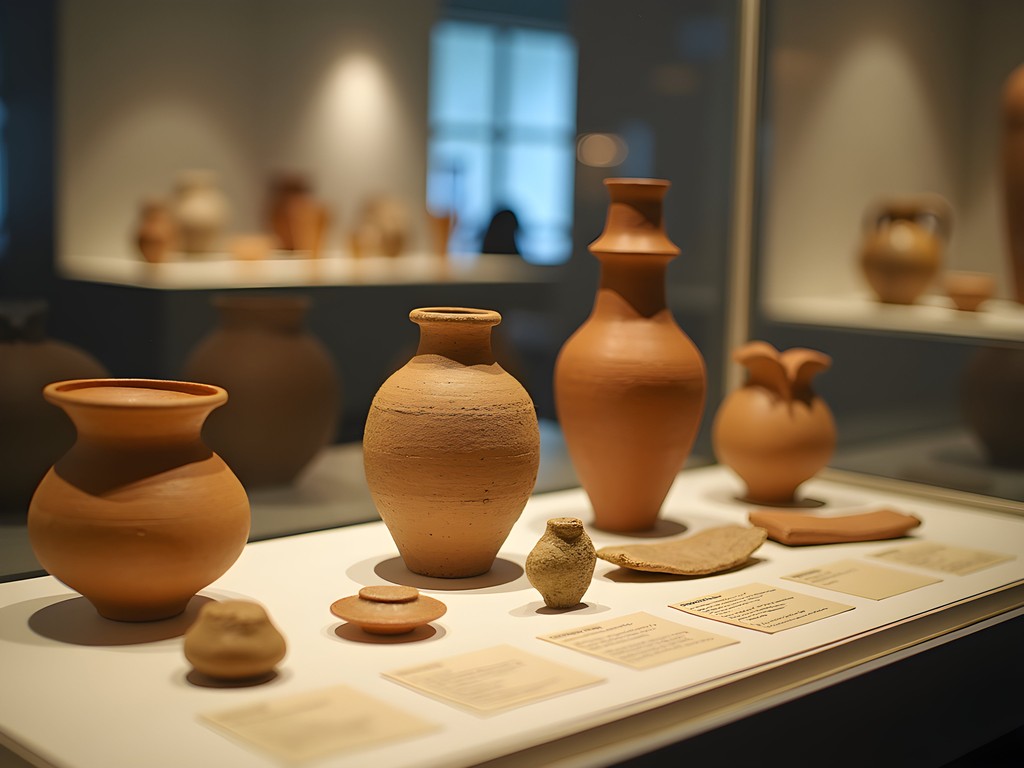
💡 Pro Tips
- Visit on weekday mornings when cruise ships aren't in port for a more intimate experience
- Ask about the special rotating exhibits that change seasonally
- The museum gift shop offers locally-made crafts that support island artisans
Fort Charlotte: Panoramic History
Perched 600 feet above sea level on Berkshire Hill, Fort Charlotte offers both spectacular views and a powerful history lesson. The fort's strategic position overlooking Kingstown Harbor explains its military importance, but standing on its stone ramparts also provides visitors with a literal overview of how geography shaped the island's development.
Built between 1763 and 1806, Fort Charlotte was named after King George III's wife and designed to house 600 troops and 34 guns. What struck me immediately was the fort's dual purpose – while its seaward-facing cannons were positioned to defend against foreign navies, many guns pointed inland to suppress potential slave rebellions. This physical manifestation of colonial power structures speaks volumes about the social dynamics of the era.
The barracks have been converted into a small museum where you can see military artifacts, historical documents, and paintings depicting island life through different periods. I was particularly drawn to the collection of Petroglyph rubbings showcasing ancient Carib rock art found throughout the islands – a reminder that the island's history extends far beyond European colonization.
The panoramic views from Fort Charlotte are truly breathtaking, encompassing Kingstown, the harbor, and neighboring islands on clear days. I found myself taking dozens of photos, trying to capture the sweeping vistas. For travel photography enthusiasts, this is an ideal spot for sunset shots when the golden light bathes the harbor and distant islands.
The uphill walk to Fort Charlotte takes about 30 minutes from downtown Kingstown and can be strenuous in the Caribbean heat. I'd recommend wearing comfortable shoes and bringing plenty of water. Alternatively, taxis can take you directly to the entrance for around $10 USD each way.

💡 Pro Tips
- Visit late afternoon (3-5pm) for cooler temperatures and better lighting for photos
- Bring a hat and sunscreen as there's limited shade at the viewpoints
- The fort closes at 5pm, so plan accordingly if you want to catch sunset views
Kingstown Market: Living Heritage
While colonial buildings and museums preserve Kingstown's official history, I've always believed that markets reveal a culture's living heritage. The Kingstown Market, especially on Saturday mornings, pulses with an energy that connects present-day island life directly to centuries of agricultural and culinary traditions.
The market complex dates back to 1875, and while it's been modernized over time, the essential character remains. Under its corrugated metal roofs, vendors arrange vibrant displays of tropical fruits, vegetables, and spices – many of which were originally introduced during the colonial plantation era but have since been incorporated into distinctly Vincentian cuisine.
As I wandered through the market stalls, the air filled with the distinctive scent of nutmeg, cinnamon, and fresh fruits. Conversations flowed in a melodic blend of English and Vincentian Creole. What fascinated me most was observing the market's social dynamics – how it functions as a community gathering space where news is exchanged alongside goods, where family recipes are discussed as produce changes hands.
The craft section of the market showcases local artisans working with techniques passed down through generations. I spent time chatting with a basket weaver who explained how her grandmother had taught her to select and prepare the specific reeds needed for different basket types – knowledge that predates colonial contact and continues to evolve.
For visitors interested in local culinary traditions, the market provides an excellent opportunity to purchase spices and ingredients. I bought a handmade spice grinder from a local woodworker that has become both a practical kitchen tool and a beautiful reminder of my time in Kingstown.
Don't rush through the market experience – take time to engage with vendors, ask questions about unfamiliar fruits or vegetables, and listen to the stories that inevitably emerge. These exchanges often reveal more about Kingstown's cultural history than any formal tour could provide.

💡 Pro Tips
- Saturday mornings (6-10am) offer the fullest market experience with the most vendors
- Bring small bills in Eastern Caribbean dollars for easier transactions
- Ask before taking photos of vendors or their goods as a sign of respect
Carnegie Building: A Story of Public Space
Standing proudly on Kingstown's main thoroughfare, the Carnegie Building represents a fascinating chapter in the city's architectural and social development. Completed in 1909 with funds from Andrew Carnegie's library initiative, this handsome red-brick structure with its distinctive clock tower has served multiple public functions throughout its history.
Originally built as Kingstown's public library, the building exemplifies the early 20th century movement toward creating democratic spaces for knowledge sharing. What particularly interested me as someone who studies the social function of public architecture was how the library represented both colonial influence and local adaptation. While the funding and architectural style came from abroad, the space quickly became a center for local intellectual life and community gathering.
Today, the building houses government offices, but its exterior remains largely unchanged from its original design. The clock tower still keeps time for the city below, though I noticed it runs about ten minutes slow – a detail that seemed somehow fitting for the relaxed pace of island life.
The small garden surrounding the Carnegie Building offers a peaceful spot to rest between explorations. I spent a pleasant half hour here one afternoon, sketching the building's distinctive features in my travel journal while watching local office workers and students pass by. These quiet moments of observation often reveal as much about a place as more active sightseeing.
While the interior is now mostly administrative spaces not open to casual visitors, the building's exterior details reward careful attention. Look for the cornerstone with the original dedication date and the decorative brickwork patterns that demonstrate the craftsmanship of early 20th century builders.
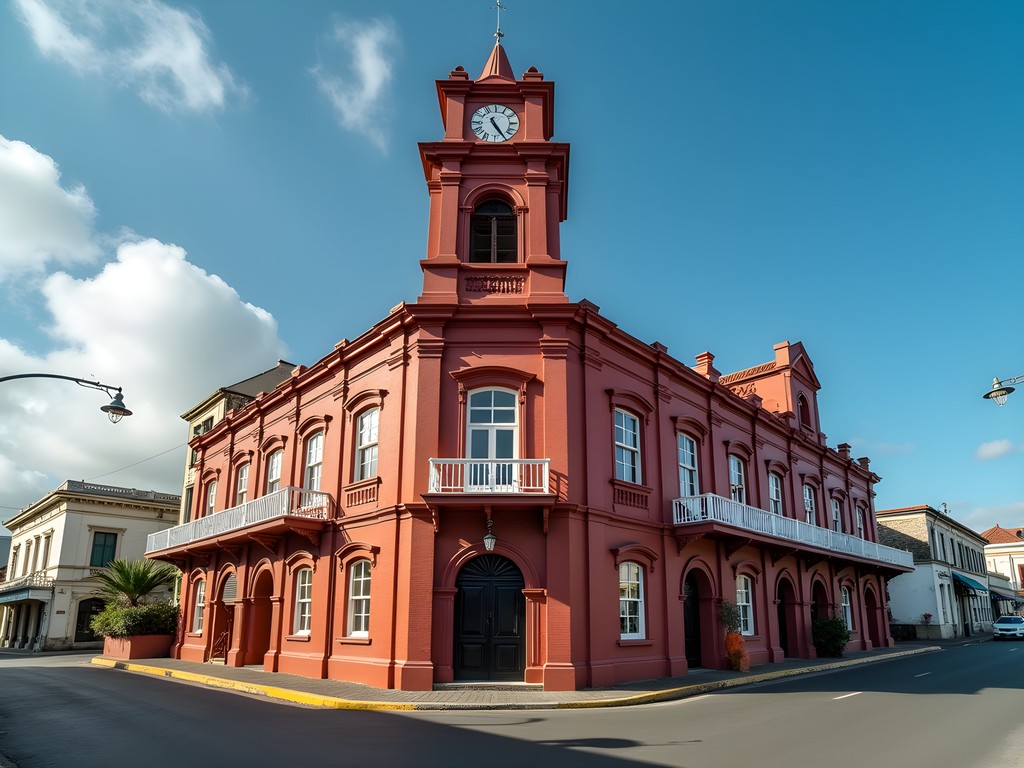
💡 Pro Tips
- The building is best photographed in morning light when the red brick glows warmly
- The small park benches offer a good spot to plan your next stops while people-watching
- On weekdays around noon, you'll often find local musicians performing informally nearby
Final Thoughts
As I boarded my departure ferry, watching Kingstown's distinctive silhouette recede into the distance, I found myself reflecting on how this small Caribbean capital offers such a rich historical tapestry for travelers willing to look beyond surface impressions. In just a weekend, Kingstown reveals how colonial structures have been reclaimed and repurposed by island culture, how resistance and resilience shaped local identity, and how history continues to live in everyday spaces from markets to museums. For couples seeking a destination that combines accessible exploration with meaningful cultural immersion, Kingstown delivers an experience that will spark conversations long after you've returned home. The city's historical treasures aren't just preserved in museums – they're woven into the fabric of contemporary island life, creating a dynamic landscape where past and present continually converse.
✨ Key Takeaways
- Kingstown's compact size makes it ideal for a weekend historical exploration without feeling rushed
- The city offers authentic historical experiences without the overcrowding of more popular Caribbean destinations
- Understanding the colonial context enhances appreciation of how island culture has evolved and persisted
- Engaging with local residents provides the most meaningful insights into how history shapes present-day island life
📋 Practical Information
Best Time to Visit
November to April (dry season)
Budget Estimate
$150-250 USD per day for a couple (mid-range)
Recommended Duration
2-3 days
Difficulty Level
Easy


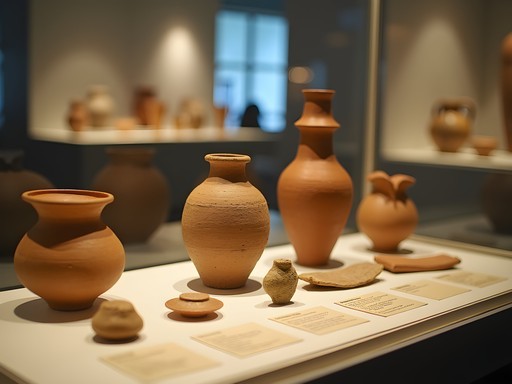


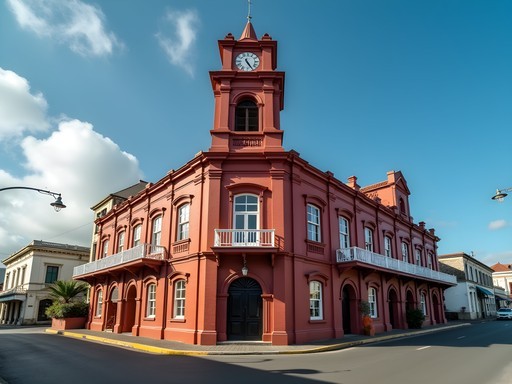


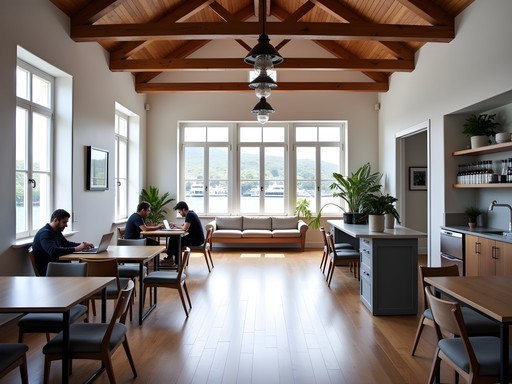






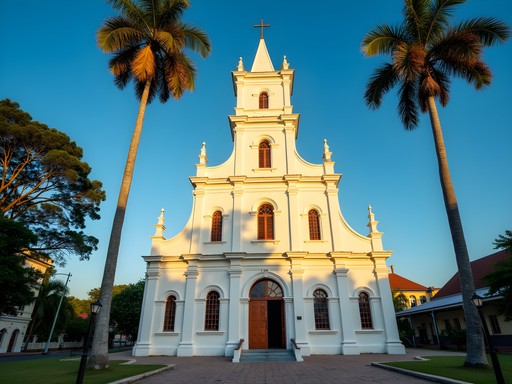
Comments
tripace
How did you get around Kingstown? Did you rent a car or use public transportation? Trying to decide what's best for my upcoming trip in March.
mountainperson
Not the author but we used the local minibuses and they were great! Super cheap and frequent. Just be prepared for them to be packed sometimes. For Fort Charlotte we took a taxi up and walked down.
Savannah Torres
I agree with @mountainperson - the local buses are efficient for getting around the main areas. They're colorful vans with route numbers, and cost almost nothing. Walking is also easy for the central part of Kingstown. I only used taxis for Fort Charlotte and when heading to beaches outside the city.
tripace
Thanks both! Sounds like I'll skip the rental car and go with public transport then. Appreciate the advice!
Megan Martin
Savannah, your post captures the essence of Kingstown beautifully! I visited for a business conference last year and managed to squeeze in some sightseeing. The architectural contrast between colonial buildings and Caribbean vibrancy is exactly what makes this place special. I'd add that the National Trust building itself is worth a visit - the restoration work they've done is impressive. For anyone planning a visit, I found that having a compact travel guide was invaluable since internet connectivity can be spotty in some areas. Looking forward to your next destination!
mountainperson
Just got back from Kingstown last month! Fort Charlotte was definitely the highlight for me too. The hike up is totally worth it for those panoramic views. One tip though - go early in the morning to beat both the heat and crowds. We went around 9am and practically had the place to ourselves. The local guide there (I think his name was Marcus?) gave us so much more historical context than the information boards. Also spent a full afternoon at that market you mentioned - ended up buying way too many spices that I'm still figuring out how to use!
Savannah Torres
Great tip about going early! And yes, the market spices are irresistible - I'm still working through my nutmeg and cinnamon stash too!
beachwalker807
How safe did you feel walking around Kingstown? Planning a solo trip there next spring.
Savannah Torres
I felt quite safe during daylight hours! Like most places, just use common sense - don't flash valuables and be aware of your surroundings. The main tourist areas are well-populated. I'd recommend not wandering into unfamiliar neighborhoods after dark though.
beachwalker807
Thanks so much for the quick response! That's reassuring to hear.
escapeexplorer
Those colonial buildings look amazing! Kingstown is definitely going on my bucket list now!
coffeerider
Just got back from St. Vincent and your post captures the essence perfectly! The Kingstown Market was such a sensory experience - all those spices and fruits I'd never seen before. We bought some handmade crafts that are now my favorite souvenirs. The locals were so friendly and kept recommending different foods for us to try. Did anyone else try the breadfruit? Game changer!
sunsetperson
Yes! Breadfruit chips were my addiction there. Did you try them with the local hot sauce?
coffeerider
Omg yes! Brought two bottles home and already running low 😂
sunnyone
Your photos are absolutely stunning! Adding Kingstown to my bucket list right now! 🌴✨
Sarah Powell
Excellent historical perspective, Savannah. I visited Kingstown last spring and would add that the National Museum, while small, has some fascinating artifacts from the indigenous Carib and Arawak peoples that provide important context for understanding the island's pre-colonial history. I'd recommend visitors allocate time for both the colonial sites and these indigenous exhibits for a more complete historical picture. Also, I found the Caribbean Historical Guide particularly useful for understanding the historical significance of each site. The botanical gardens just outside town are also worth a visit - they're among the oldest in the Western Hemisphere.
globeway
Is it easy to get around without a car? And how's the weather in November?
Sarah Powell
I found Kingstown very walkable for the main sites. For anything further out, the local minibuses are frequent and inexpensive. November is typically transitioning out of the rainy season, so you might catch some showers but generally good conditions with fewer tourists.
Hunter Thompson
Wicked post, Savannah! I backpacked through the Grenadines earlier this year and Kingstown was such an unexpected gem. The contrast between the colonial buildings and the buzzing local energy is mad! For anyone heading there - definitely check out the rum distilleries just outside town. I spent a whole day chatting with locals at the market and ended up getting invited to a family dinner. The people make this place special! If you're on a budget, the local minibuses are dead cheap and a proper adventure in themselves.
coffeerider
The minibuses are an experience in themselves! Best way to meet locals for sure.
Venture X
Premium card with 2X miles, $300 travel credit, Priority Pass